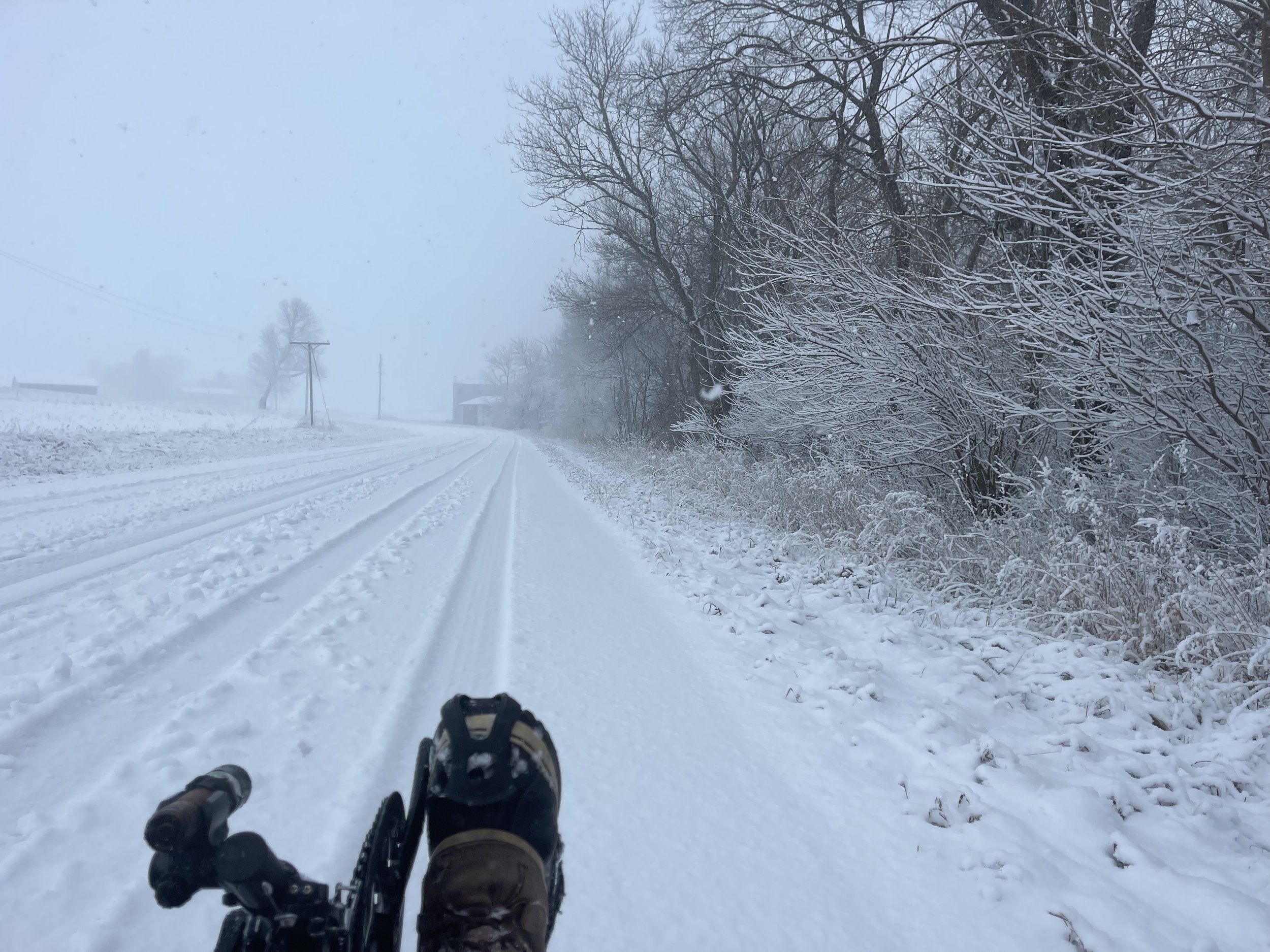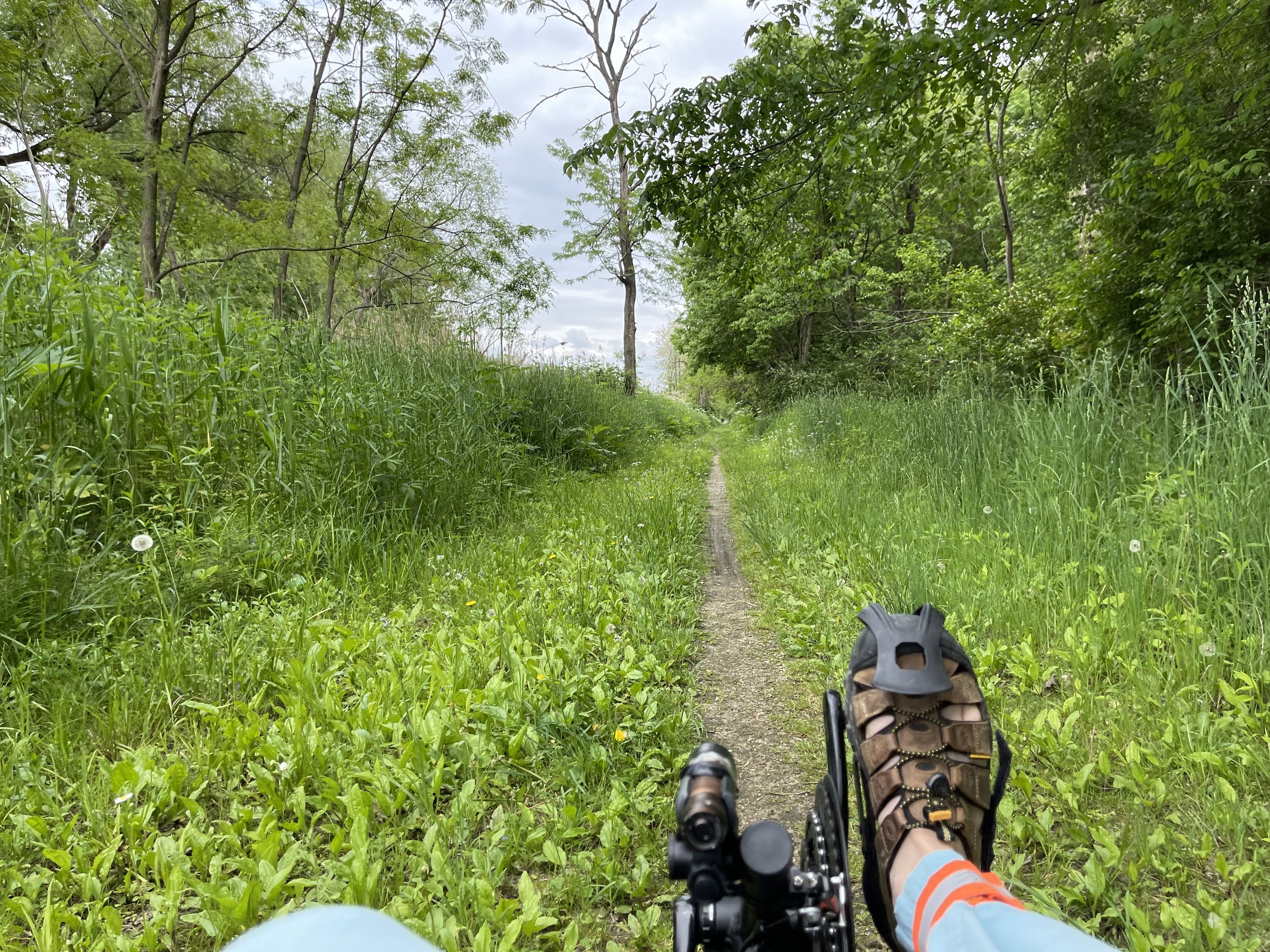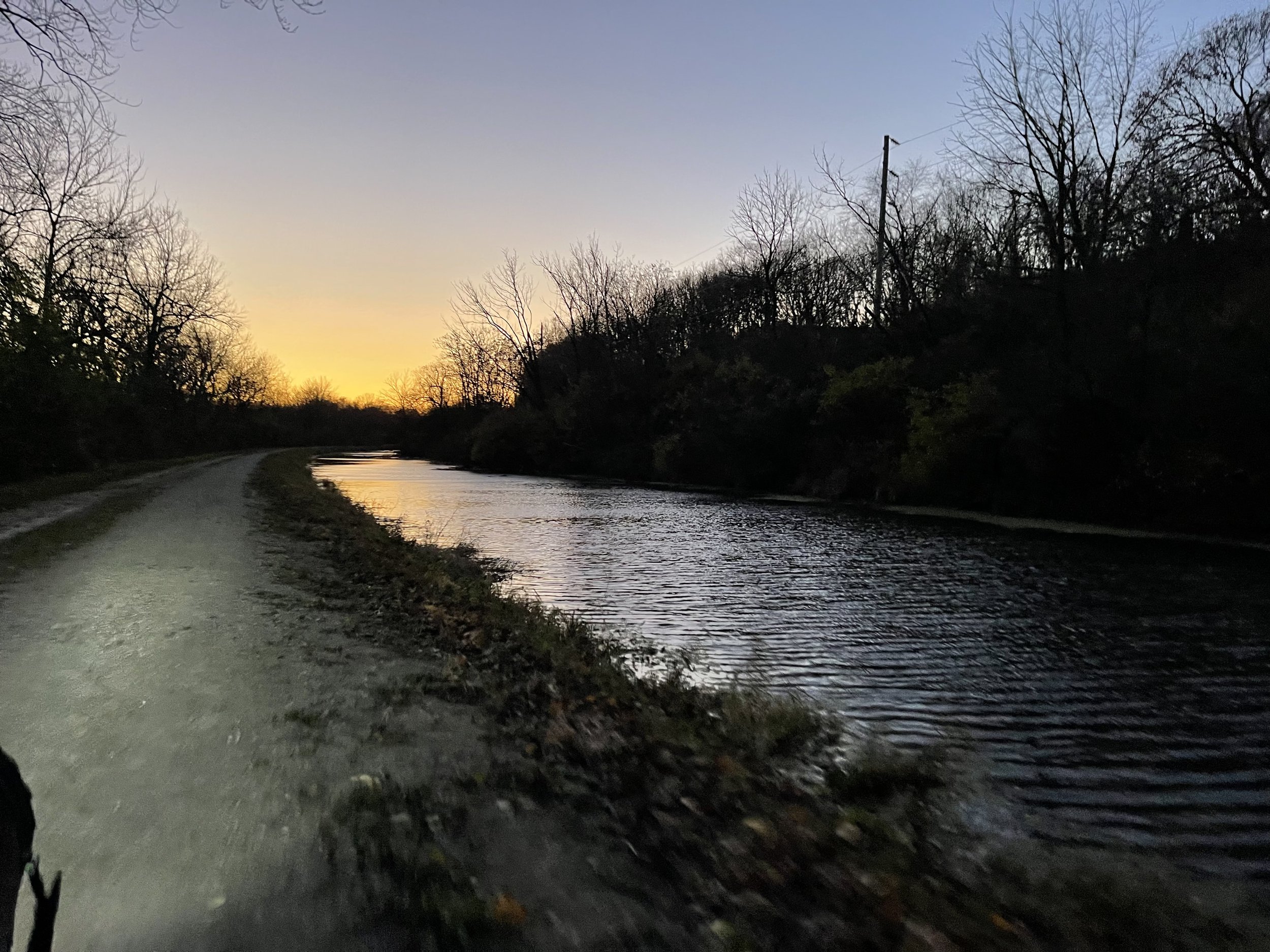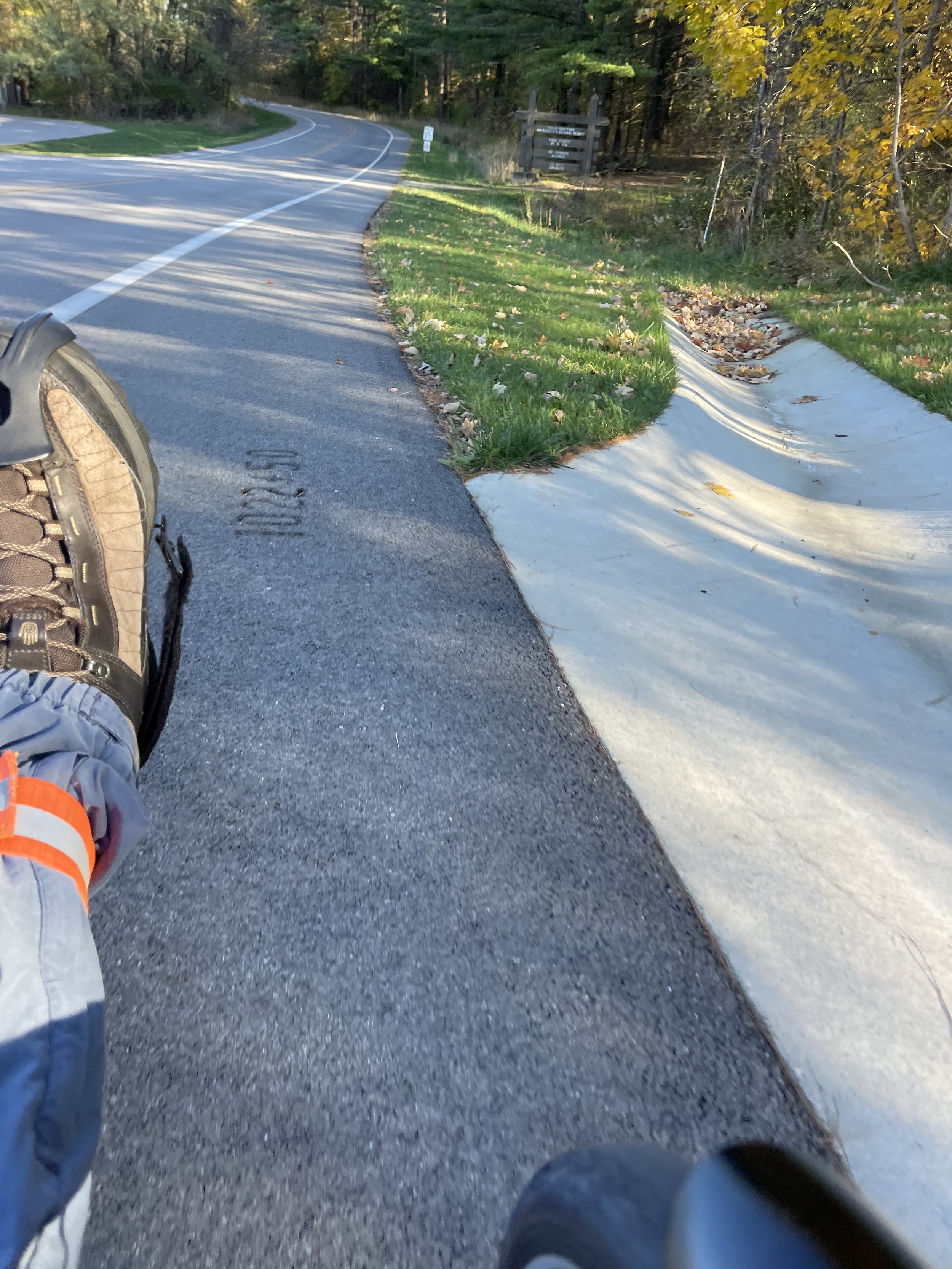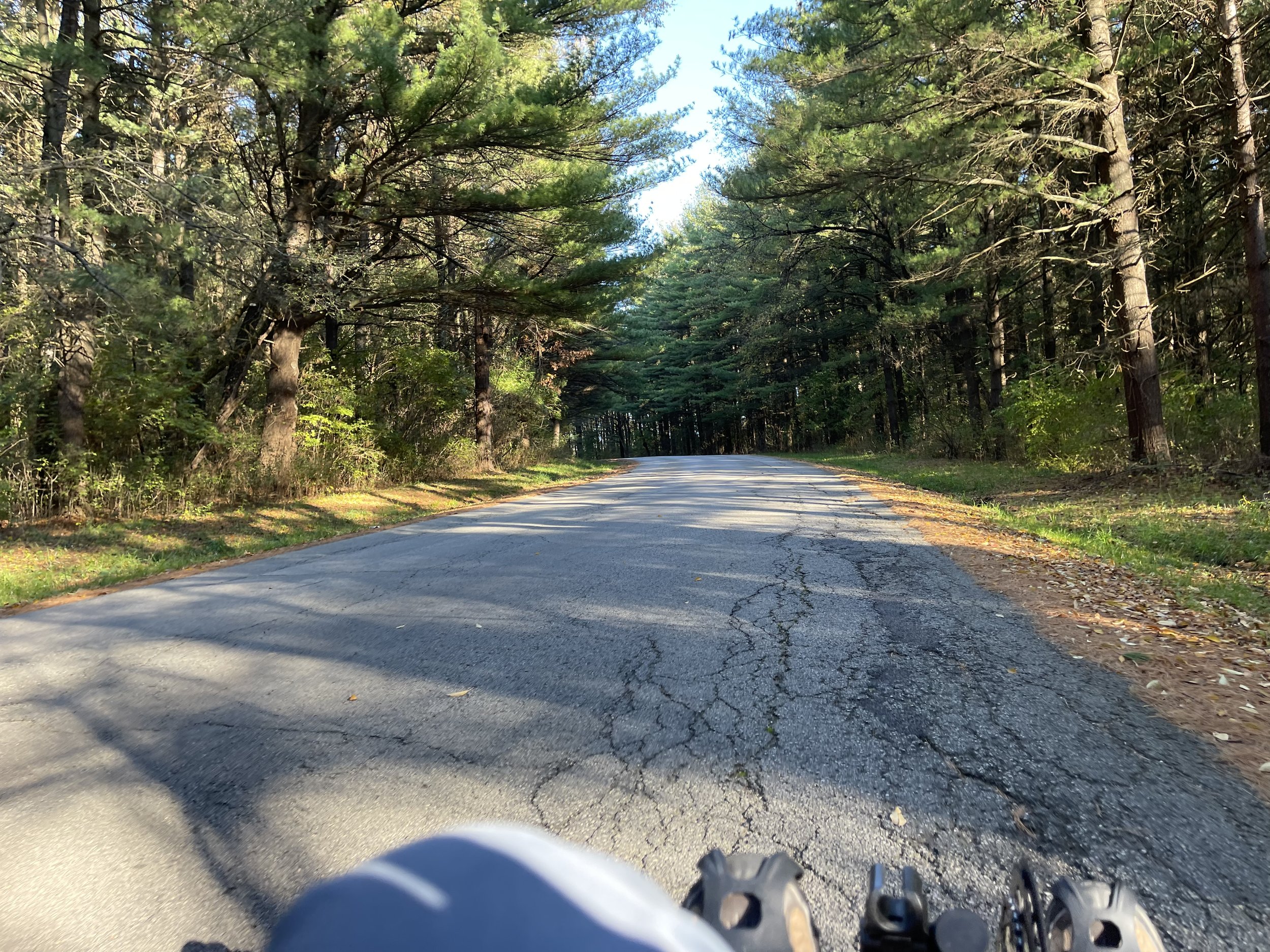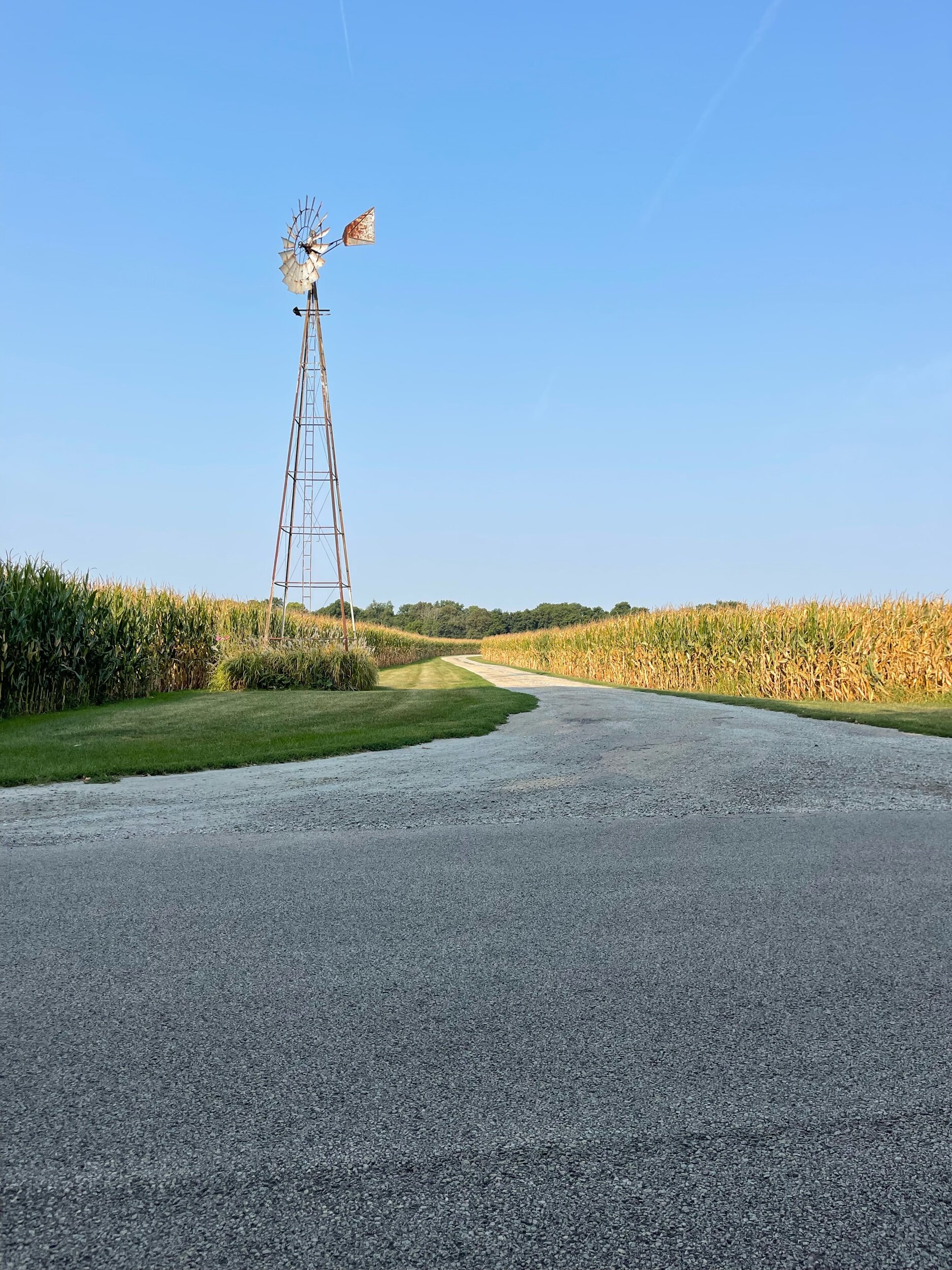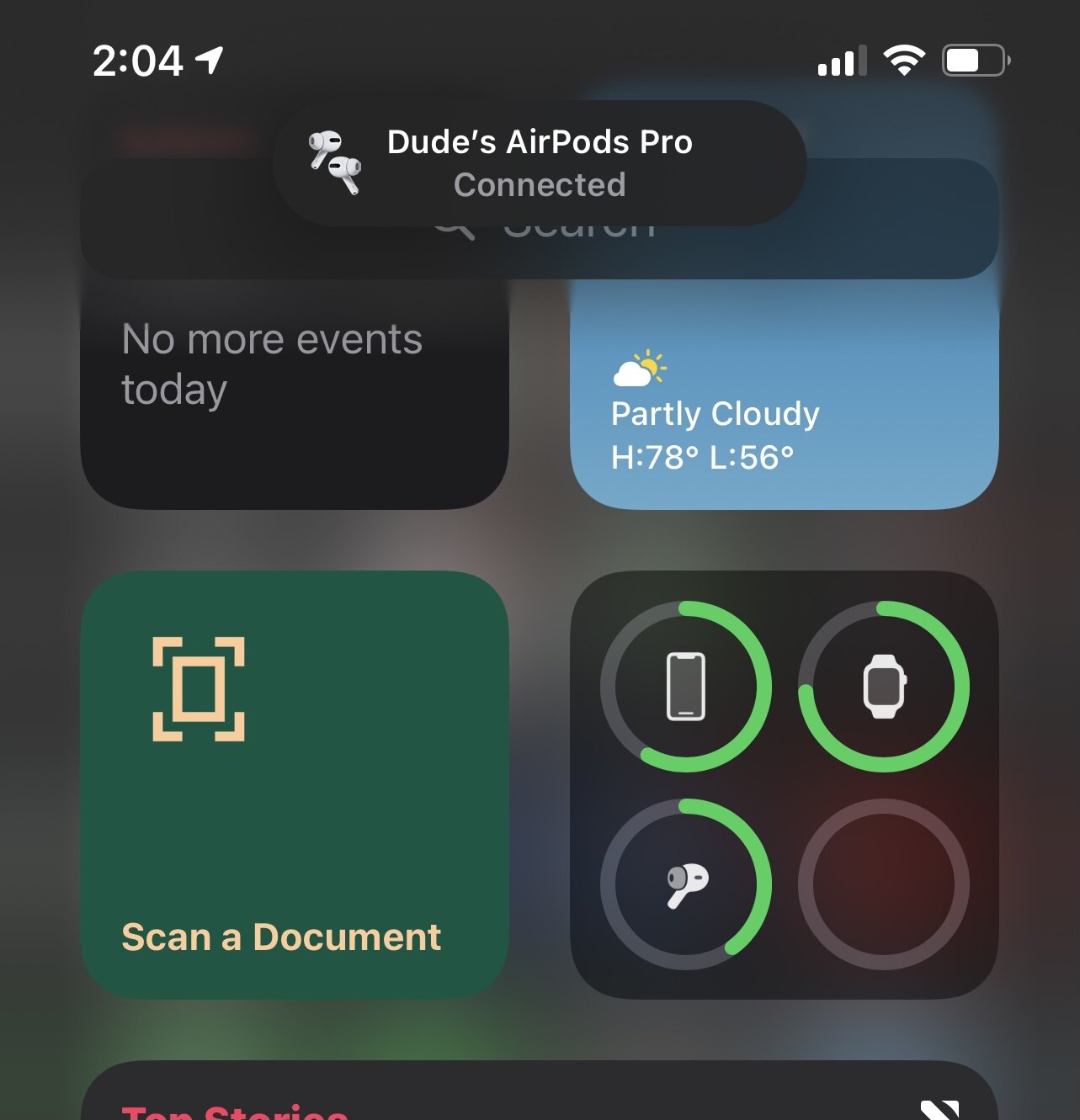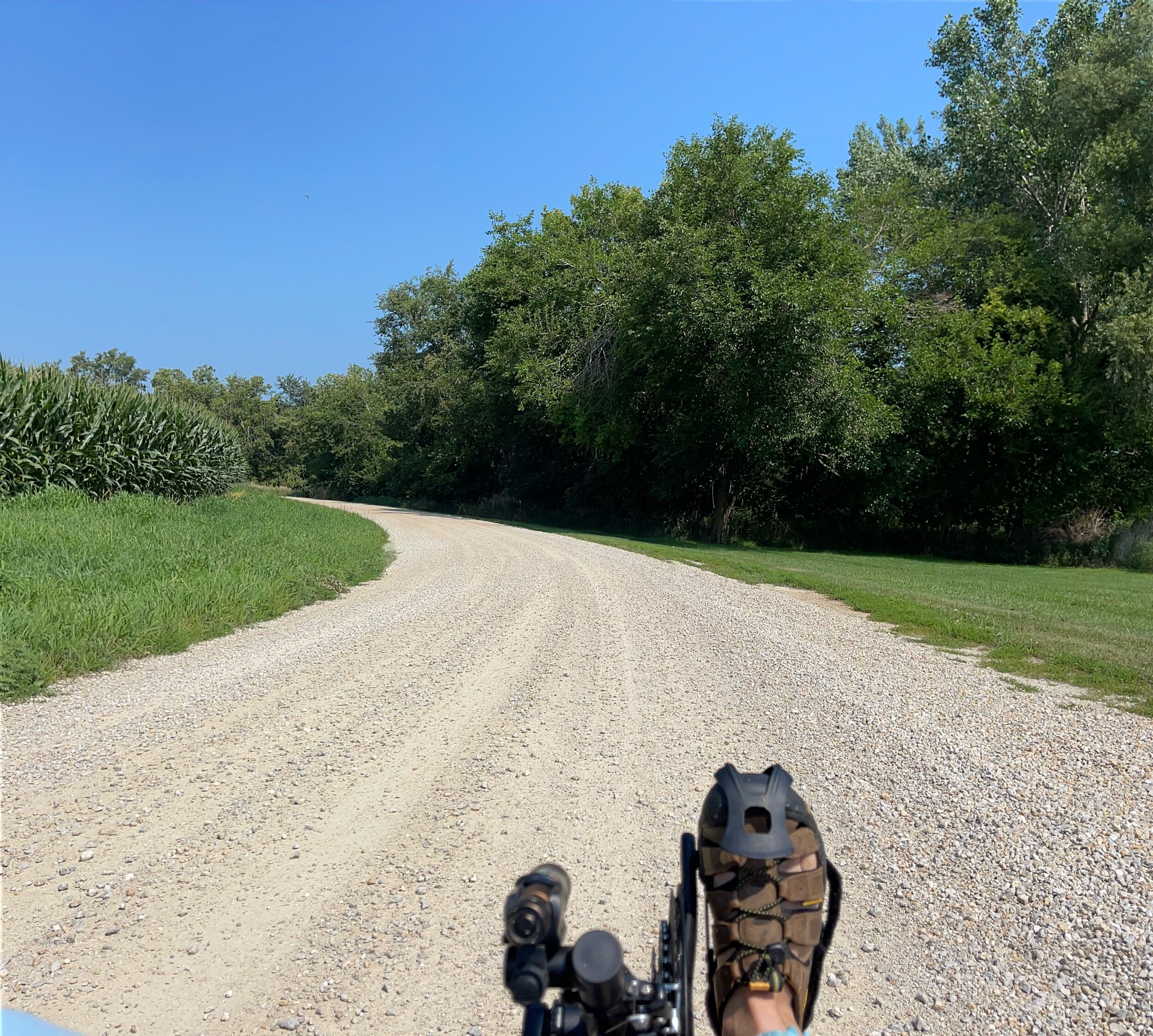Several years ago the Rails to Trails organization announced a grand vision of a single bike trail that would cross the United States - The Great American Rail Trail.
To do this, they (understandably) identified existing trail systems in each state along the proposed route that could ultimately be connected into a longer, contiguous route. In Illinois, it made sense that the two primary trails they identify would be the trails along the I&M Canal and Hennepin Canal routes. Taken together, these two trails by themselves cross a large portion of the northern part of the state.
A large portion, but not all of it. The organization’s website for Illinois identifies other trails in the region (at least one of which - Thorn Creek Trail - I spent some time on this past fall, not realizing at the time that it was part of the GART) to make up for the open spaces in-between identified routes. In several areas planning appears to be underway for additional segments to close those spaces. But there is one area, in the middle of the proposed Illinois trail, that is less connected.
This seems to be a common issue when trying to put together grand thoroughfares such as this trail. There is a somewhat grander still road system that runs vertically across the Americas - The Pan-American Highway - making it possible to drive from Canada to the southern tip of South America.
Well - almost. Almost because travelers along this roadway will encounter The Darien Gap. This is a section of forest, mountains, and watershed at the border between Panama and Columbia that has essentially been determined to be too challenging, too expensive, and too environmentally damaging to build a road thru. It’s discussed in delightful detail in this episode of the Omnibus Podcast for those who are interested.
It’s with that phenomenon in mind that I’ve come to think of this (admittedly smaller) section of missing trail as The Hennepin Gap.
The Hennepin Gap is the territory between the trail head of the I&M Canal Trail in LaSalle, IL, and he Hennepin Canal Trail Head in Bureau Junction. As the crow flies the distance between the two points is almost exactly 14 miles. But the territory this cuts through is river country, complicated by the meanderings of the mighty Illinois River and the many, many tributaries that feed it. As a result, roads in this area describe winding paths through the countryside - there is no way to travel it in a straight line.
Since Rails to Trails first announced the GART, I’ve been curious about this section, and it’s been in the back of my mind to find some time to pedal my way between the two points and get a feeling for how challenging it would be to connect the two. So far, tho, that’s just been an idle thought, so to gain some movement on it I put it down as one of my goals for the coming year in my year in review post a few weeks ago.
Part of working up to that is to do a bit of planning. While I’ve lived in this area off and on throughout my life, that part of the region is not one I’ve spent a great deal of time in, comparatively speaking. When I have been there over recent years, it’s been either for the occasional high school sporting event for my child, or for my rides along the Hennepin Canal Trail itself, and all of those have involved direct trips to the sites, not involving travel along the same route.
An early stage of that planning then - something that situates itself well with a 15° January morning - is to start working with Google maps to take a look at route options. (Apple Maps has also recently added cycling directions, but according to them, there are no directions available for this route yet).
Google’s map program can readily lay out a course between the two trailheads, simply by entering each into the program:
The route that Google proposes comes in at about 17 miles, and actually lands at the large parking lot at Lock 3 along the Canal. I prefer to start at Bureau Junction, but that’s fairly easily handled by taking a left turn just a little earlier and riding down the hill (and it is a downhill section) to the trailhead at Lock 2.
The challenge with Google’s route is that, once one gets to the western end of Peru, it follows almost entirely along Route 6 and then Route 29. These are relatively busy thoroughfares for the area, and the complicated landscape of river country virtually guarantees that one must spend some time on them. But the map itself does show cycling routes appearing in areas along the way that don’t hew to the highways:
(The dotted green lines are the cycling routes)
It wasn’t clear to me then why, since they appear along the routes, Google maps didn’t plan the bike route with those in mind. So I laid it out using the measure distance feature:
Following the cycling routes instead of the highways comes out at nearly 20 miles - three miles longer than Google’s route. I suspect this is why the map’s algorithm doesn’t use them. Still, that additional distance isn’t necessarily a disqualification, especially if it allows for a safer route, and perhaps a more scenic one, as it typically follows along closer to the river. I think I’m going to prefer that option when the time comes, all things considered.
And so this is the first step towards putting this together, I think: Laying out a route. There are some other things to consider between now and making a go at riding it. One of those things is when to go, which at this point I’m thinking would be in late spring or early summer. This is when the rains and winds of spring start to drop off, but it’s usually not yet oppressively hot.
Another is exactly how to do it. I’ve laid out a twenty-mile route, but this realistically means it’s probably a 40-mile ride - there and back. I could consider setting things up where I drop off a car at the Bureau Junction end and travel back to LaSalle to begin, but that requires multiple cars and multiple people, which makes things more challenging to coordinate. Besides, 40 miles is an eminently manageable distance.
And lastly, at this point, is whether or not I find a time to head out in my Mobile Trike Garage and drive the potential route first. The cautious-minded part of me suggests that this would be a potentially wise thing to do. However, it would significantly reduce the experience of discovery that comes with riding a route for the first time if I’ve already driven it first. I will have literally seen everything before I ever hit it on my trike if I drive the route ahead of time. So I’ll have to mull that - and it occurs that there may be a compromise here, where perhaps I drive the highway portion ahead of time to look for potential trouble spots, but leave the secondary roads - which is most of the route - for discovery.
And, all-in-all, I do find that beginning planning now, in the depths of the winter season which does not necessarily prevent riding, but does alter it in terms of time and distance, helps with looking forward to the coming season.





